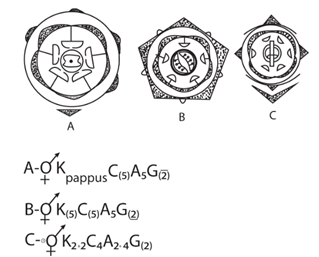 Multiple Choice Questions
Multiple Choice QuestionsSelect the mismatch
Pinus – Dioecious
Cycas – Dioecious
Salvinia – Heterosporous
Salvinia – Heterosporous
Life cycle of Ectocarpus and Fucus respectively are
Haplontic, Diplontic
Diplontic, Haplodiplontic
Haplodiplontic, Diplontic
Haplodiplontic, Diplontic
In Bougainvillea thorns are the modifications of
Stipules
Adventitious root
Stem
Stem
The morphological nature of the edible part of coconut is
Perisperm
Cotyledon
Endosperm
Endosperm
Study the following statements and select the option with correct statements.
I and II
I and III
II and III
I, II and III
The material, which arrests cell division, is obtained from
Crocus
Colchicum
Dalbergis
Chysanthomum
B.
Colchicum
Colchicine is an antibiotic drug, which is obtained from Colchicum (family-Liliaceae). It binds to one tubulin molecule an prevents its polymerisation. The depolymerisation of tubulin results in the disappearance of mitotic spindle blocking the cell's mitotic chromosomal division at metaphase and anaphase.
Three floral diagrams are given here. Their respective families are assigned in the answer key. Find out the families to which these diagrams belong to

A-Liliaceae, B-Asteraceae, C-Solanaceae
A-Asteraceae, B-Solanaceae, C-BRassicaceae
A-Asteraceae, B-Solanaceae, C-Asteraceae
A-Poaceae, B-Solanaceae, C-Asteraceae
